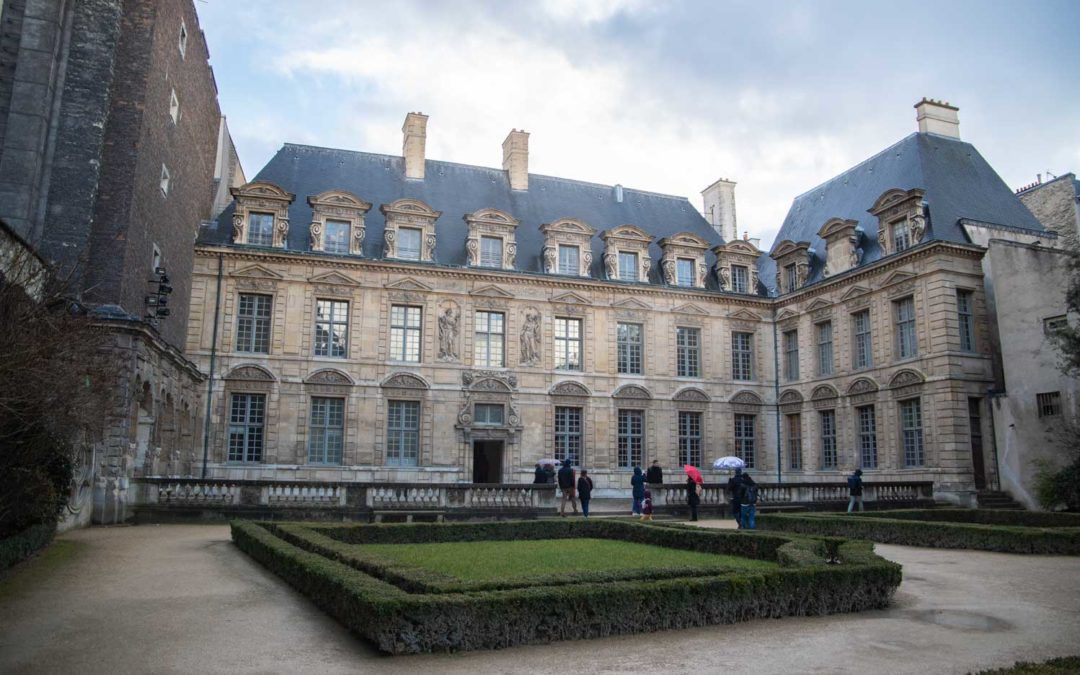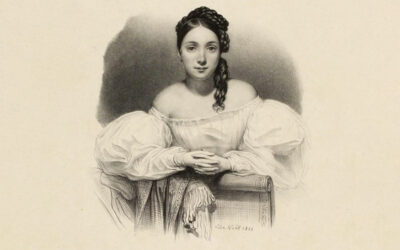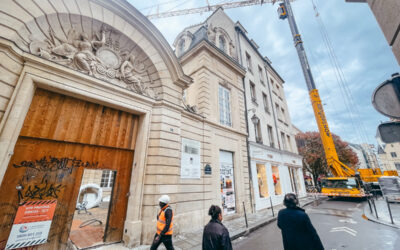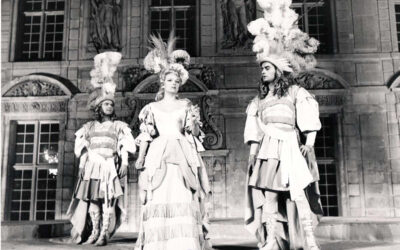Rue Saint-Antoine, right opposite the Monoprix, the Hôtel de Sully, named after its most illustrious owner, is undoubtedly one of the most remarkable buildings in the Marais. But, unfortunately, a thousand times, this jewel cannot be visited: since 1967, it has housed the headquarters of the Center of National Monuments, or Monum, which manages nearly a hundred national monuments in France including, precisely, the Hôtel de Béthune-Sully.
Let us console ourselves: the exterior visit to the courtyard of honor and the garden of the house of Maximilien de Béthune titled Duc de Sully – brilliant superintendent (minister) of Finances of Henri IV who restored the economy of the kingdom – is already a wonder.
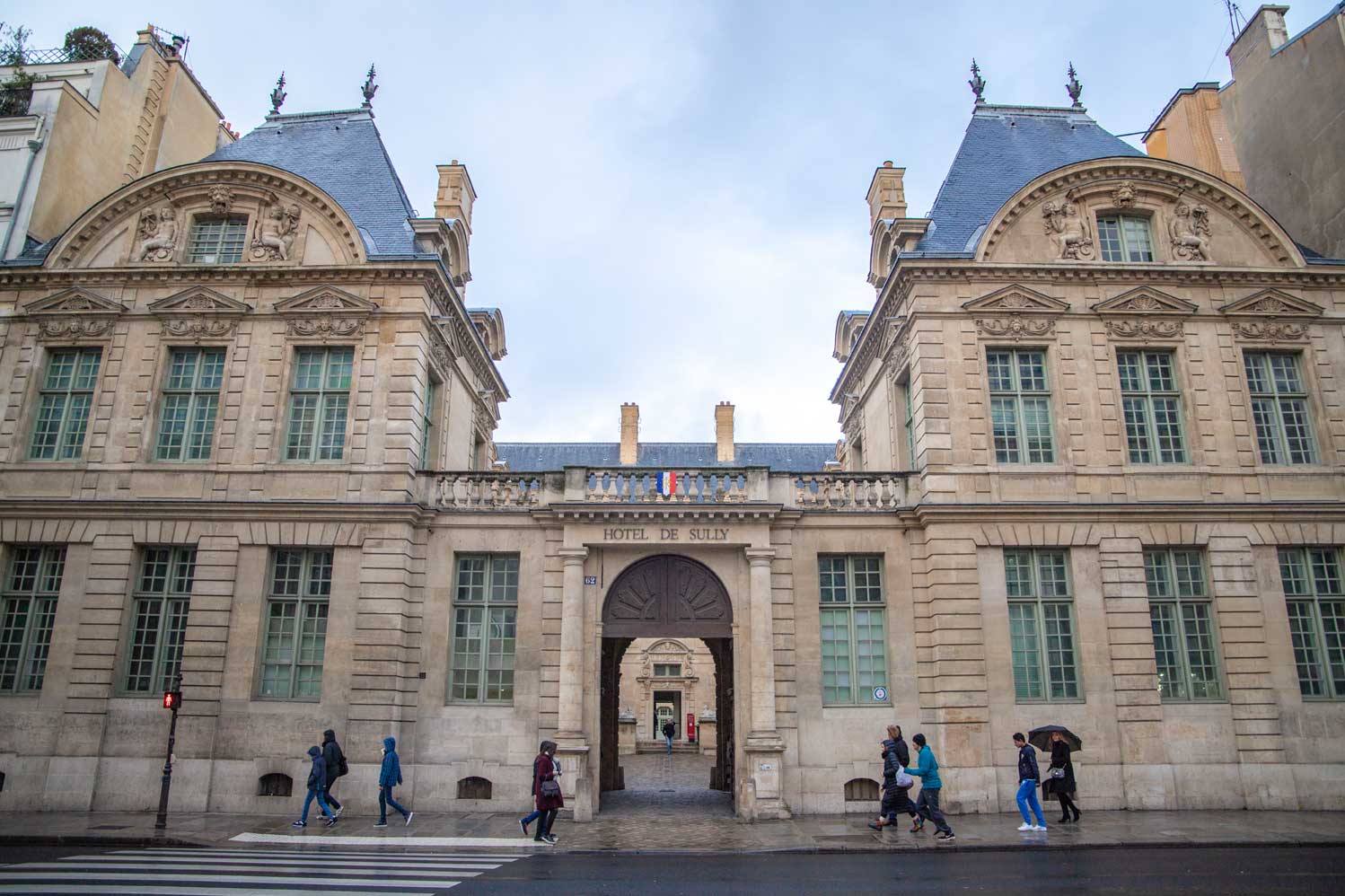
You enter this magnificent place via rue Saint-Antoine. In the courtyard, you can admire, on the facades of the main house, the elegant sculptures which represent allegories of the seasons. The side wings announce the four elements: earth, water, air, fire.
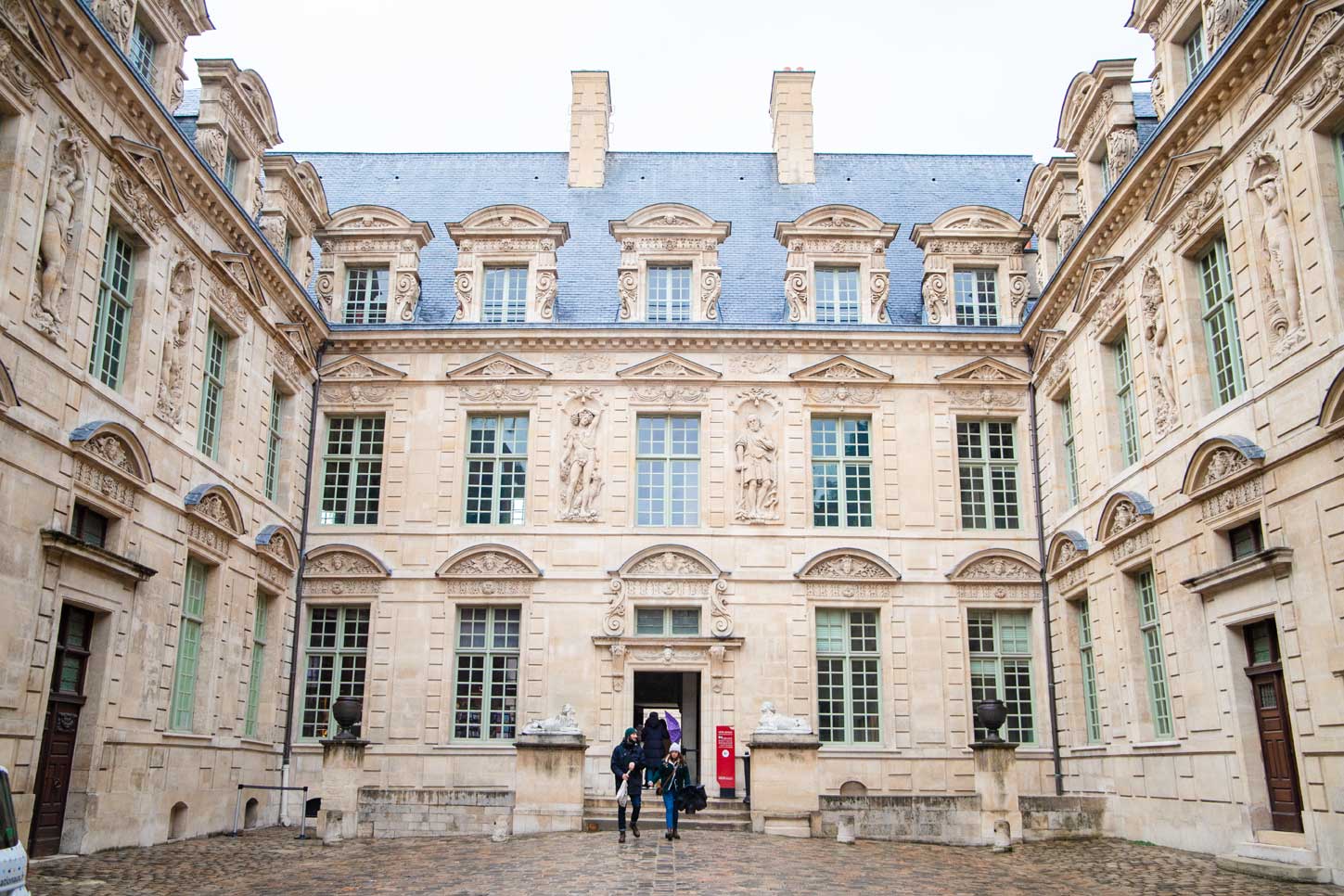
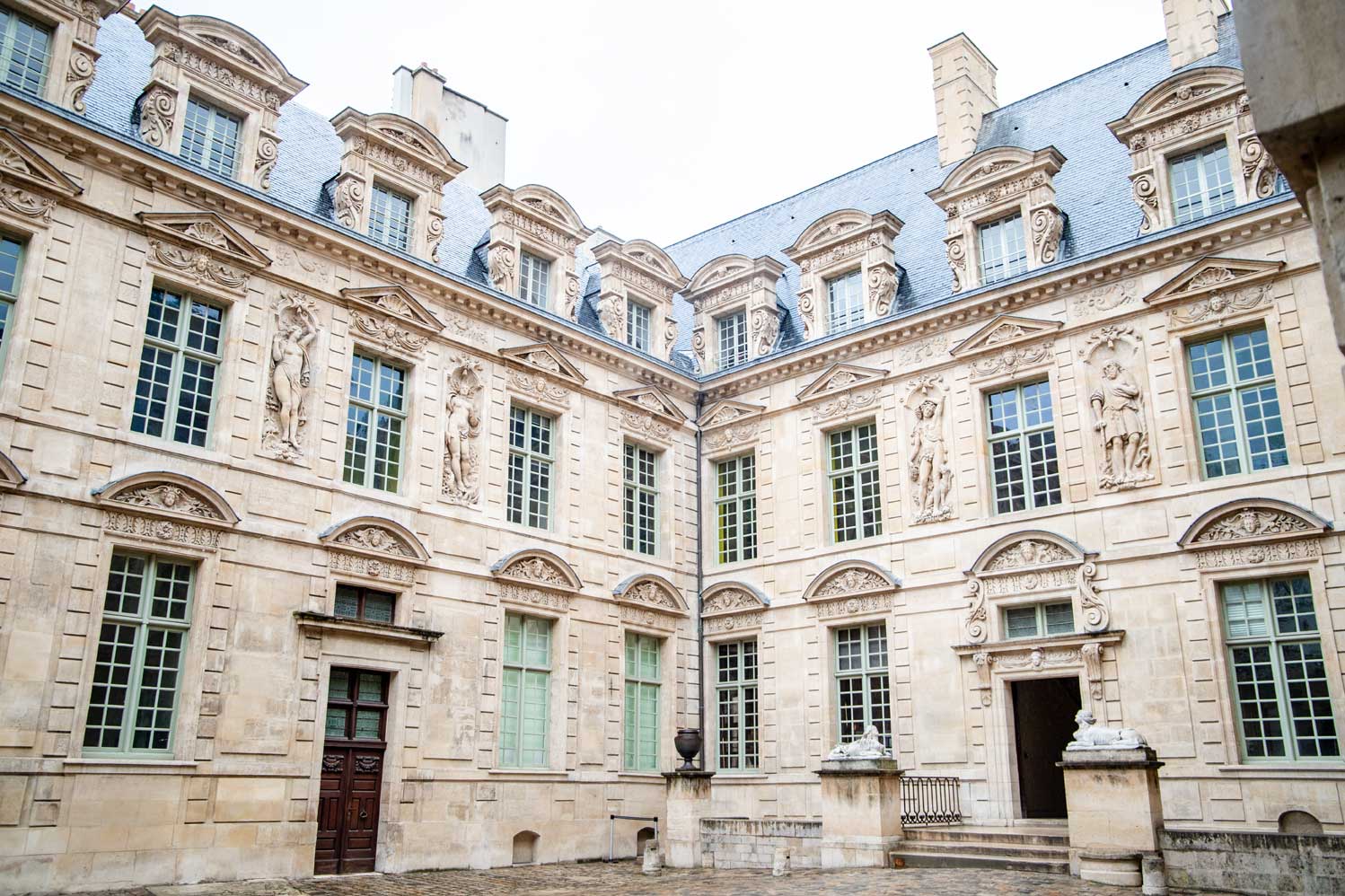
A crossing passage then leads to a second courtyard or more precisely to a French garden with an orangery. Staggering in their beauty, the architecture and the garden are enough to seduce the most jaded Parisians (and tourists).
At the bottom of the garden on the right, a discreet door opens onto a sort of secret passage which leads directly to the Place des Vosges, formerly (before Napoleon) called Place Royale. That's it for the guided tour.
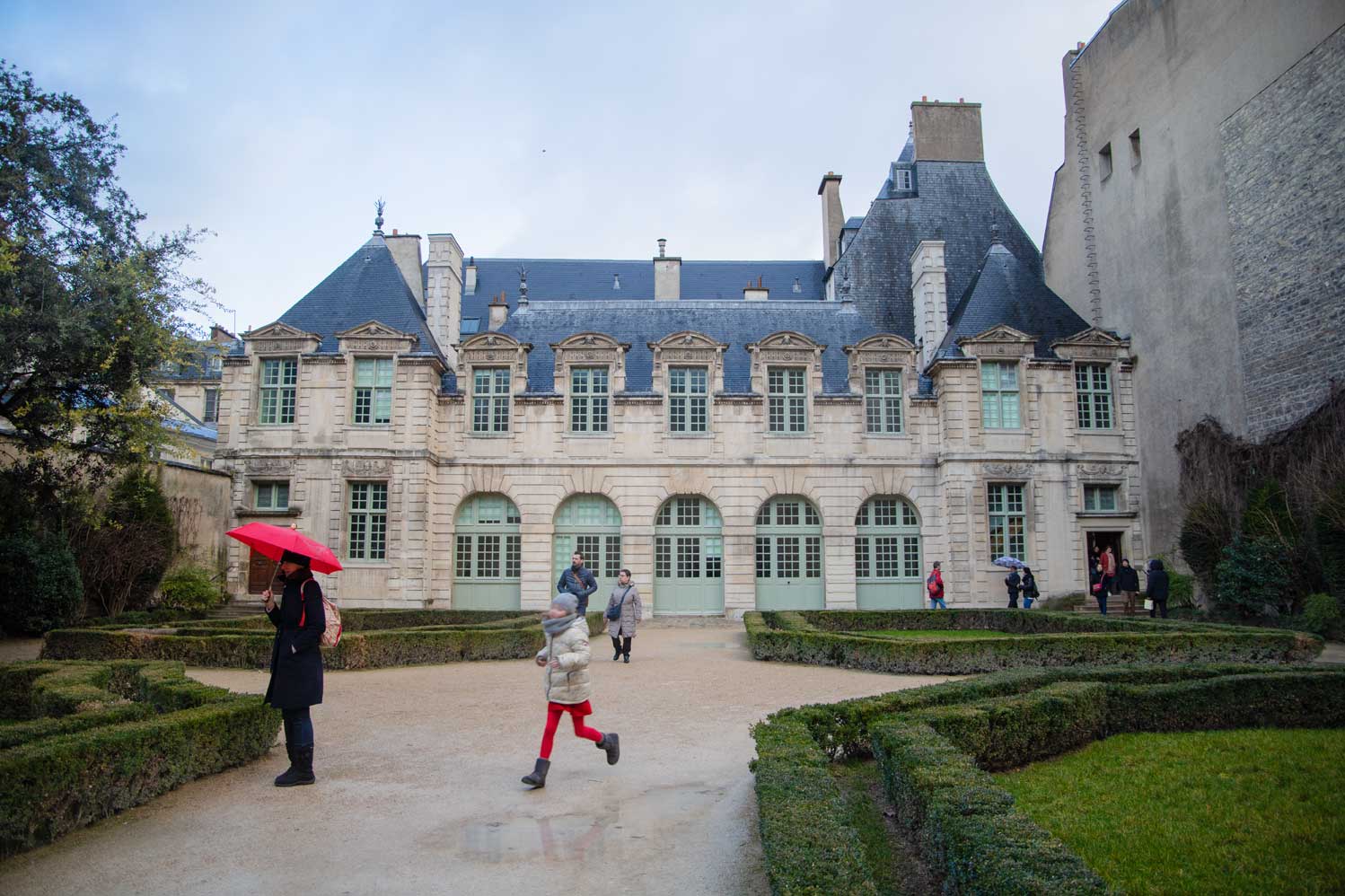
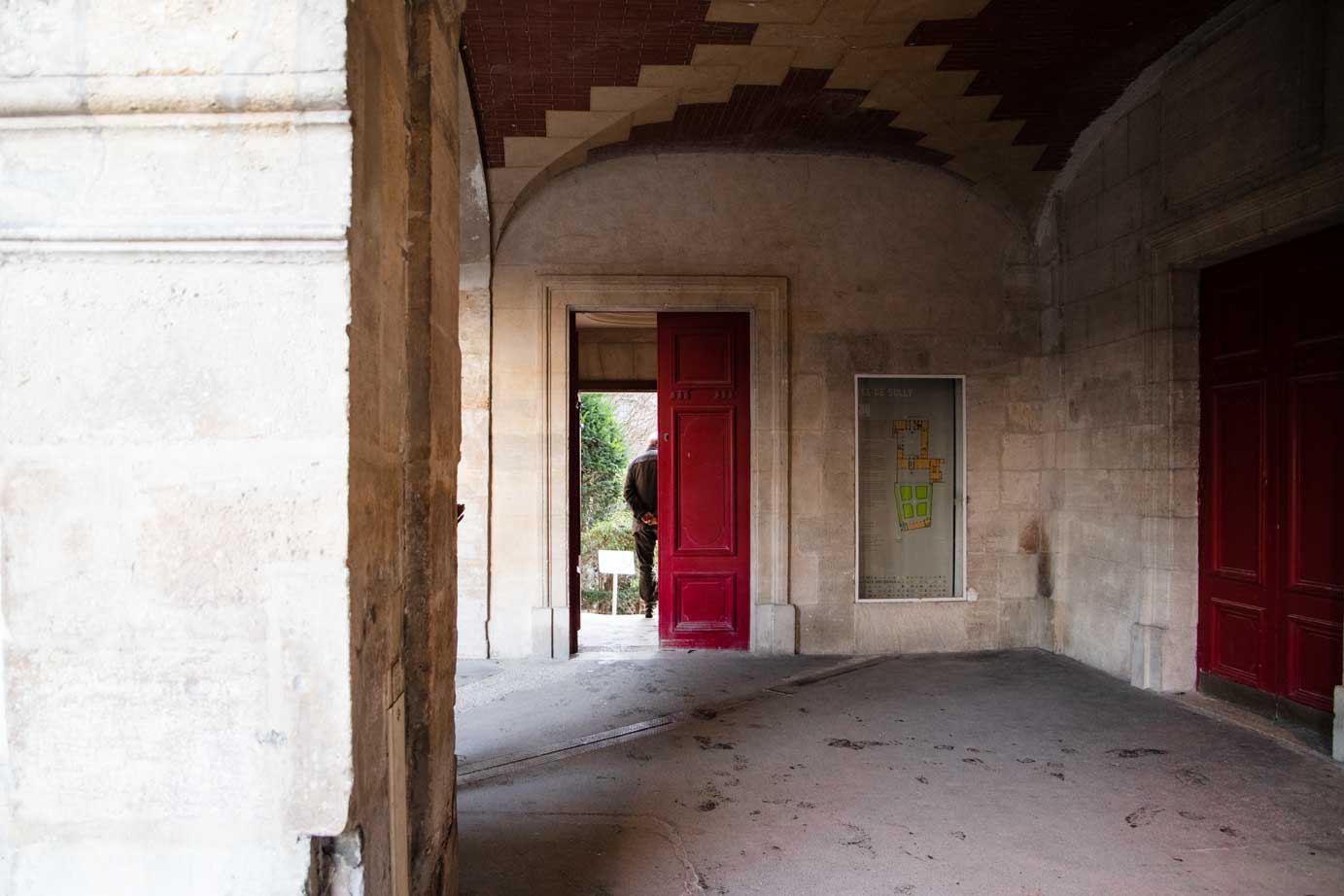
We must also keep in mind the rich history of the places of which we will remember here an incredible scene.
On February 22, 1680, it was here, in fact, from a balcony overlooking Rue Saint-Antoine that the Marquise de Sévigné, who came as a neighbor – she lived on Place Royale – saw the widow Monvoisin pass by. Imprisoned in the Bastille, the latter, condemned to be burned alive for witchcraft, was taken on this winter day from her prison, via rue Saint-Antoine, to Place de Grève (in front of the current town hall) to be burned alive.
In No. 2 of the magazine La France Pittoresque, dated 2002, we can read: “Catherine Deshayes, widow of Monvoisin, later known by the abbreviation Voisin or La Voisin, was originally from the province of Champagne. A renowned poisoner and witch, she sold her services to the highest dignitaries of the state. It was cornered by debt that the widow Monvoisin, known as La Voisin, joined forces with La Vigoureux, holder of grimoires concealing the secrets of preparing beverages and other poisons. Pooling their diabolical projects, the two women quickly became masters in the art of concocting philtres, syrups, elixirs giving love or death, according to the interests of their clientele, made up of heirs or future widows. Fortune and notoriety made in less than three years, La Voisin exercised her talents in the Marais district of Paris, trading off her impunity against the services she rendered to the most influential people at court. »
In a letter devoted to this episode, the Marquise de Sévigné reports that La Voisin refused to make amends. She took her secrets into death.
Text: Ella David
Photos: ©Anaïs Costet
11.02.19
FOR PASSIONATES OFUS
Juliette Drouet actress, muse and mistress of Victor Hugo
At 14 rue Sainte-Anastase, from 1836 to 45 and at 12 from 1845 to 48, a few hundred meters from Place des Vosges, lived the muse and lover of Victor Hugo, Juliette Drouet née Julienne Gauvain.
Rue Vieille-du-Temple: the fabulous construction site restarts
A luxury hotel will be created at the end of the work. On the ground floor, the old stables and carriage houses will house the restaurant on the large courtyard, while the first courtyard, on rue Vieille-du-Temple, will feature two businesses continuing its 19th century layout.
The Marais festival, a fabulous story
The Festival du Marais dates back to a time that those under 60 cannot know. However, this leading artistic event was for a long time one of the most popular cultural events in the capital. For a quarter of a century, from 1962 to 1987, this unique festival…
NOW ON THE MOOD MARSH
The best tattoo parlors in Marais
Tattooing, an age-old practice, has long been the prerogative of convicts, dock workers, the underworld and sailors. Although it has become democratized, now affecting all profiles and concerning one in five French people, including 16% women compared to 10% men, it still remains taboo due to its definitive and transgressive nature.
Juliette Drouet actress, muse and mistress of Victor Hugo
At 14 rue Sainte-Anastase, from 1836 to 45 and at 12 from 1845 to 48, a few hundred meters from Place des Vosges, lived the muse and lover of Victor Hugo, Juliette Drouet née Julienne Gauvain.
Piccola Mia, the pizzas of the Republic
On the Place de la République, a brasserie with Italian accents has just opened, which quickly made people forget the old Pizza Pino. Welcome to Piccola Mia, the fruit of the joyful encounter between Italian chef Denny Imbroisi, pizza chef Julien Serri and mixologist Matthias Giroud who creates a creative cocktail menu.

